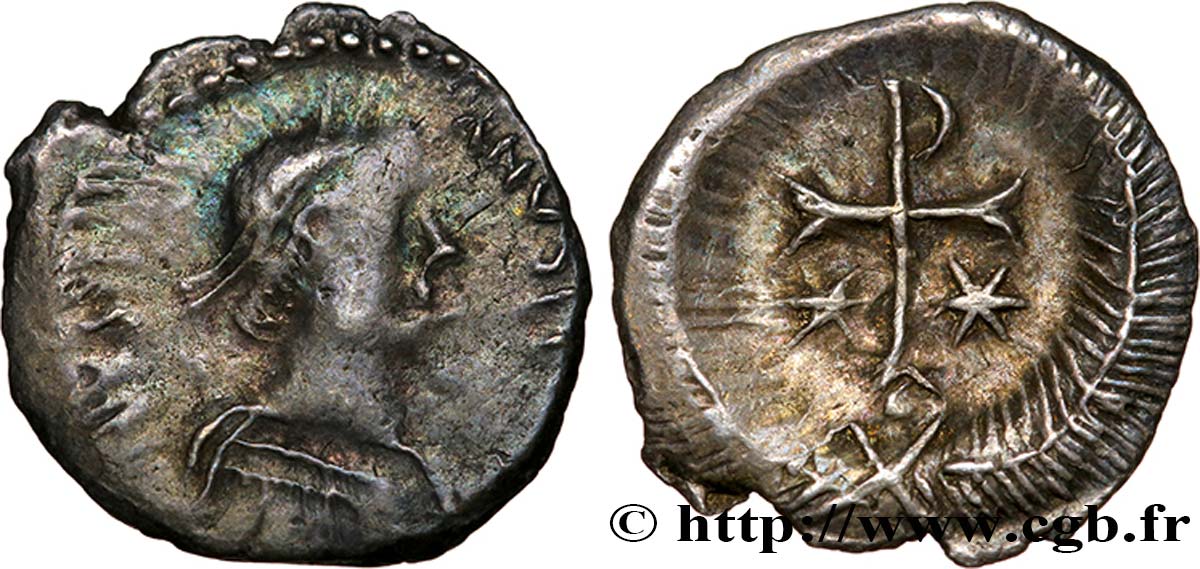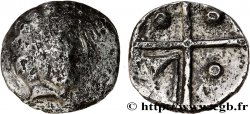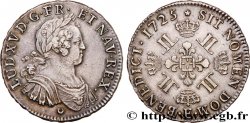Live auction - bmv_362222 - ITALY - LOMBARDY - COINAGE IN THE NAME OF JUSTINIAN I Demi-silique
You must signin and be an approved bidder to bid, LOGIN TO BID. Accounts are subject to approval and the approval process takes place within 48 hours. Do not wait until the day a sale closes to register. Clicking on "BID" constitutes acceptance of the terms of use of cgb.fr private live auctions.
Bids must be placed in whole Euro amounts only. The sale will start closing at the time stated on the item description; any bids received at the site after the closing time will not be executed. Transmission times may vary and bids could be rejected if you wait until the last second. For further information check the Live auction FAQ
All winning bids are subject to a 18% buyer’s fee.
All winning bids are subject to a 18% buyer’s fee.
| Estimate : | 280 € |
| Price : | no bid |
| Maximum bid : | no bid |
| End of the sale : | 01 August 2017 14:57:41 |
Type : Demi-silique
Date: 568-774
Metal : silver
Diameter : 12,5 mm
Orientation dies : 7 h.
Weight : 0,66 g.
Rarity : R1
Coments on the condition:
Cette demi-silique est frappée sur un flan irrégulier. Les reliefs, très nets au revers, sont plus faibles au droit
Predigree :
Cet exemplaire provient du stock d’Alain Poinsignon et de la collection MG
Obverse
Obverse legend : DN [...].
Obverse description : Buste drapé et diadémé à droite.
Reverse
Reverse description : Croix chrismée accostée de deux étoiles à six rais dans une couronne végétale.
Commentary
Cet exemplaire est très proche si ce n’est des mêmes coins que le MEC. 297 “aux inscription obscures”...
Ces demi-siliques sont au nom de Justinien Ier (627-565) et ont été frappées en Lombardie entre 568 et 690 d’après les datations avancées dans le MEC.1.
This example is very close if not the same dies as MEC. 297 “with obscure inscriptions”... These half-silicas are in the name of Justinian I (627-565) and were struck in Lombardy between 568 and 690 according to the dates put forward in MEC.1
Ces demi-siliques sont au nom de Justinien Ier (627-565) et ont été frappées en Lombardie entre 568 et 690 d’après les datations avancées dans le MEC.1.
This example is very close if not the same dies as MEC. 297 “with obscure inscriptions”... These half-silicas are in the name of Justinian I (627-565) and were struck in Lombardy between 568 and 690 according to the dates put forward in MEC.1








 Report a mistake
Report a mistake Print the page
Print the page Share my selection
Share my selection Ask a question
Ask a question Consign / sell
Consign / sell




![LOUIS XIV THE SUN KING Douzième d écu aux insignes, buste du type aux palmes 170[?] Rouen VG/VF](http://thumbs3.cgb.fr/monnaies/v46/v46_0189.jpg)





